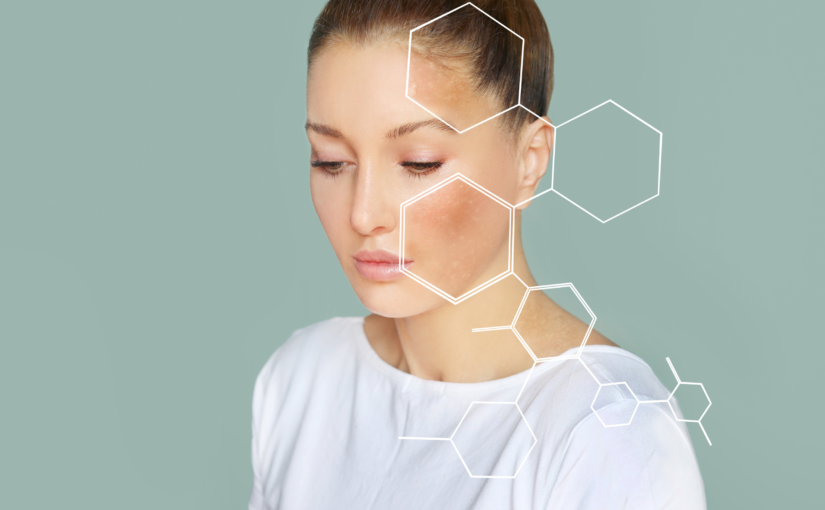The month of May is Skin Cancer and Melanoma Awareness Month, and as you can imagine this is always on our radar here at re/skin. Not only do we harp on about the effects of sun in regard to skin functioning and ageing but there is, as I am sure you are already aware a more serious risk to the skin from sun exposure.
85% of melanoma cases are caused by UV exposure.
If you have had a blistering sunburn or just five regular sunburns your risk more than doubles.
Our skin is a regenerating organ which means our skin cells continually reproduce, grow and divide, then shed to become house dust!
Sometimes our cell’s DNA become damaged, this is called a mutation. Because our cells reproduce by mitosis, where replica cells are formed, these mutations are passed onto the new cells that follow. This causes the mutations to spread and proliferate and can eventually lead to skin cancers.
UV rays are responsible for many of the mutations to skin cell DNA, so a good sun protection regime is vital to prevent this. Its important to protect your skin every single day throughout your life, and to avoid over exposure such as laying in the midday sun whilst on holiday or using sunbeds. In fact using a sunbed is 3 times more dangerous than sitting in the natural sun.
When using sun protection it Is important to look for a broad spectrum protection, meaning it filters both UVA and UVB rays. Some sunscreens will just contain UVB filters.
These days many sunscreens will also protect against blue light, this light is also detrimental to the skin and not just emitted by our devices, it comes from the sun too!
Here at re/skin clinic in Sheffield we know how hard it can be to find a sunscreen that you love, and yes, you need to love it or there will be days you just wont apply. That’s why we have over 20 options on our shelves! Do you need helping finding the perfect one??
Drop us an email and we can help you.



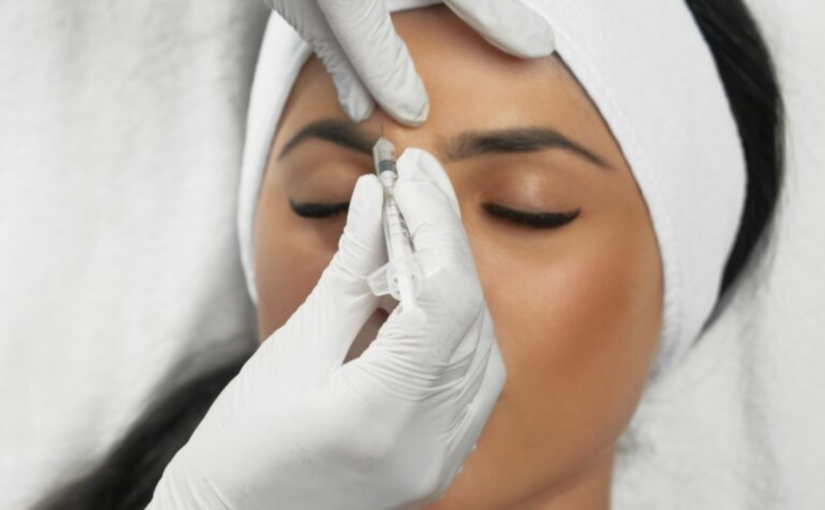
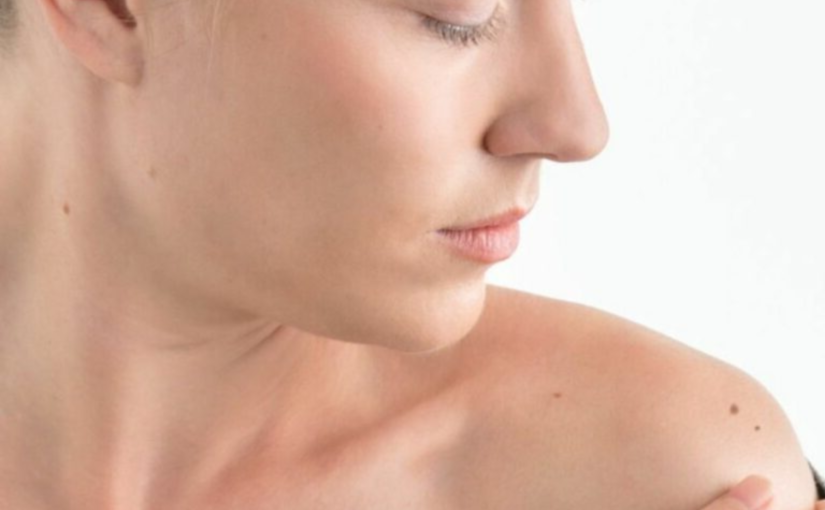
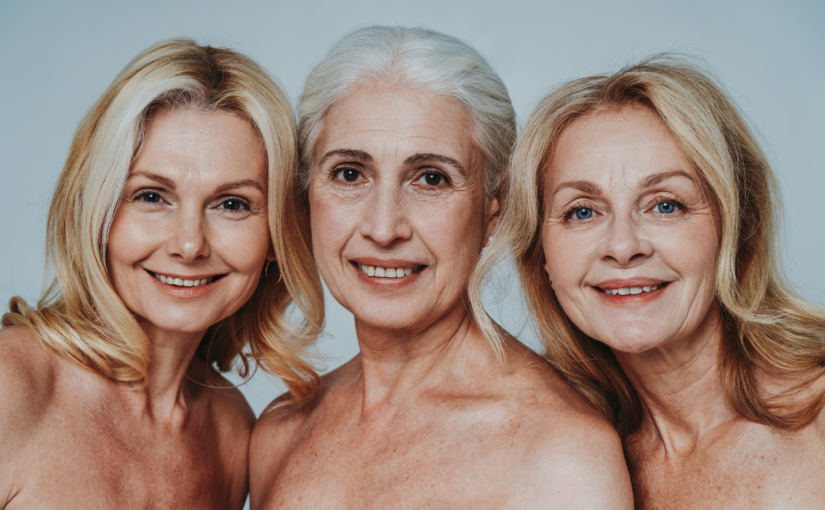
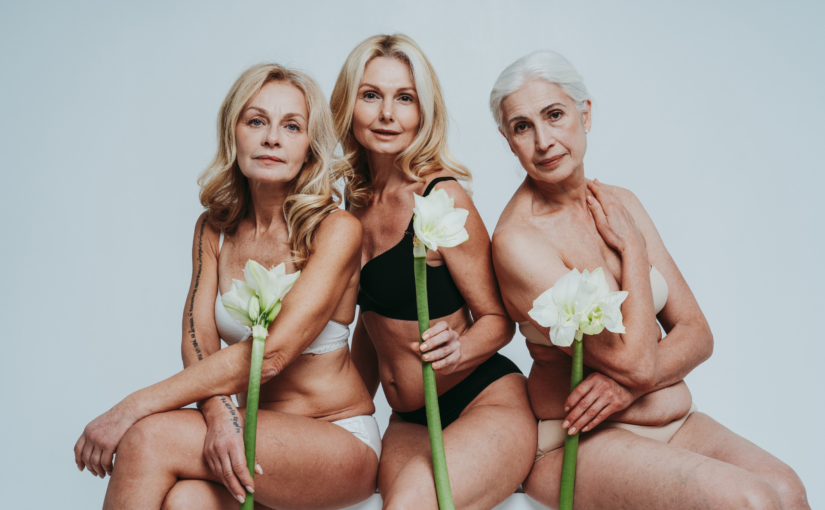
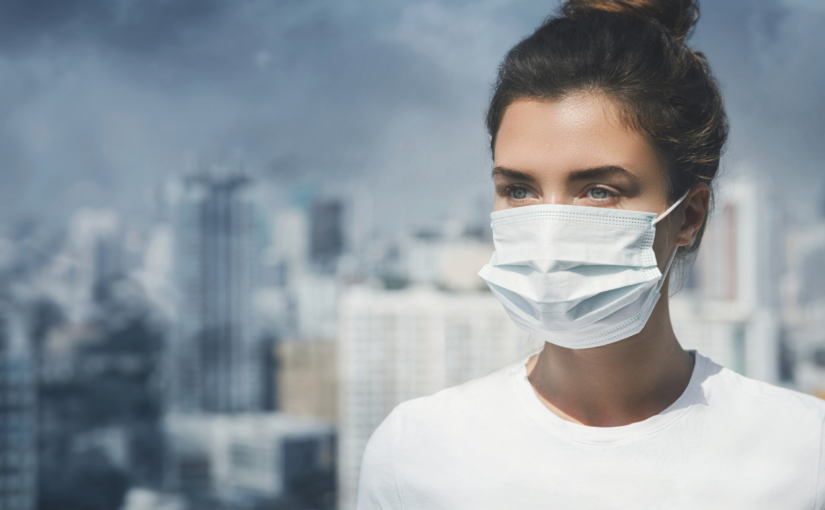

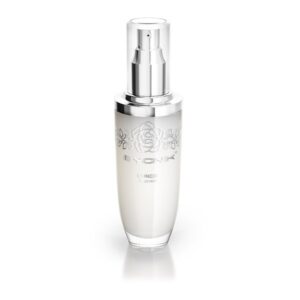
 With pollution affecting our skin within the lower layers we need to try and protect those skin cells within those deeper layers as well. The most effective way to do this would be through supplements. The Advanced Nutrition Programme Antioxidant Supplements are the perfect partner to your antioxidant skincare.
With pollution affecting our skin within the lower layers we need to try and protect those skin cells within those deeper layers as well. The most effective way to do this would be through supplements. The Advanced Nutrition Programme Antioxidant Supplements are the perfect partner to your antioxidant skincare.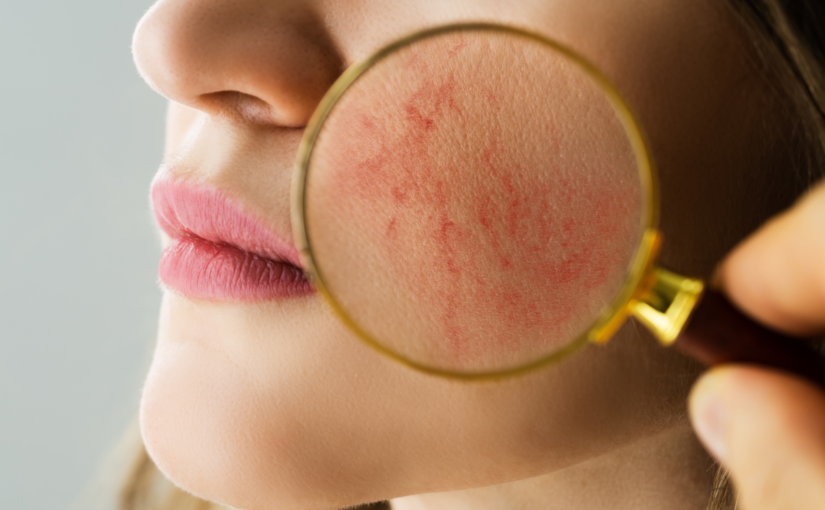
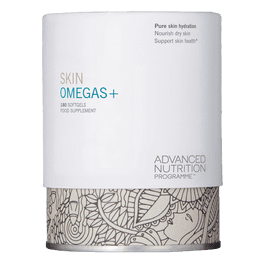 Skin Omegas
Skin Omegas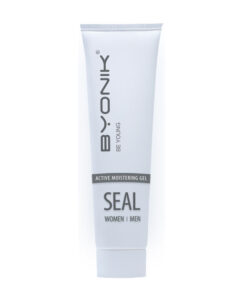 Byonik Supreme Seal
Byonik Supreme Seal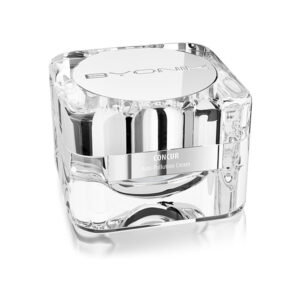 Byonik Concur Cream
Byonik Concur Cream